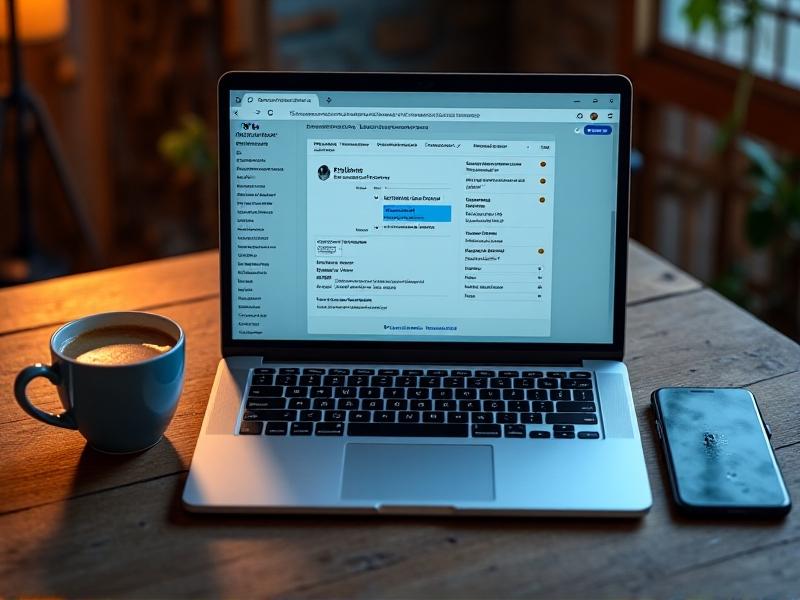Universal Design Accessibility Upgrades
Understanding Universal Design: Core Principles
Universal Design (UD) is an inclusive approach to creating environments, products, and services that are accessible to everyone, regardless of age, ability, or background. Originating in the 1980s, UD is built on seven core principles: equitable use, flexibility in use, simple and intuitive design, perceptible information, tolerance for error, low physical effort, and appropriate size and space. These principles aim to eliminate barriers by considering diverse needs from the outset. For example, a ramp at a building entrance isn’t just for wheelchair users—it benefits parents with strollers, delivery workers, and older adults. By embedding accessibility into design thinking, UD shifts the focus from retroactive fixes to proactive solutions.

Upgrading Physical Spaces for Inclusivity
Transforming physical spaces to align with Universal Design requires reimagining architecture and infrastructure. Key upgrades include installing automatic doors, tactile paving for visually impaired individuals, and adjustable-height countertops. For instance, museums are adopting multisensory exhibits with audio descriptions and tactile models, ensuring art is accessible to visitors with sensory disabilities. Outdoor spaces also benefit from widened pathways, shaded seating areas, and contrasting colors to aid navigation. These changes not only comply with regulations like the ADA but also create welcoming environments that enhance user experience for all.

Digital Accessibility: Beyond Screen Readers
Digital platforms must prioritize accessibility to serve users with disabilities. This involves designing websites with alt text for images, keyboard navigation, and captioning for videos. Tools like voice recognition software and color-contrast checkers help developers create inclusive interfaces. Companies like Microsoft have integrated accessibility features into their products, such as real-time transcription in Teams meetings. However, accessibility isn’t just about functionality—it’s about empathy. A well-designed app considers users with cognitive disabilities by offering simplified layouts or adjustable text sizes, ensuring technology becomes a bridge rather than a barrier.

Legislation and Compliance: Navigating Global Standards
Laws such as the Americans with Disabilities Act (ADA) and the European Accessibility Act mandate accessibility standards, but compliance varies globally. Organizations must stay informed about regional requirements—for example, Canada’s Accessible Canada Act emphasizes proactive barrier removal. Non-compliance risks legal penalties and reputational damage, but more importantly, it excludes potential users. Forward-thinking companies view regulations as a baseline, exceeding them by adopting certifications like WCAG 2.1 AA for web content. Compliance audits and user testing with disabled communities ensure designs meet both legal and ethical standards.

Technology’s Role in Bridging Accessibility Gaps
Emerging technologies like AI and IoT are revolutionizing accessibility. Smart home devices enable voice-controlled lighting and thermostats, aiding individuals with mobility challenges. AI-powered apps like Seeing AI describe surroundings for visually impaired users through smartphone cameras. Meanwhile, 3D printing allows for customizable assistive devices, such as ergonomic utensils. These innovations highlight how technology can personalize accessibility, empowering users to interact with the world on their terms. However, developers must address privacy concerns and ensure affordability to prevent exacerbating inequality.
Overcoming Implementation Challenges
Despite its benefits, implementing Universal Design faces hurdles like budget constraints and lack of awareness. Retrofitting older buildings with elevators or installing audible pedestrian signals can be costly. Education is key—architects and designers need training to prioritize accessibility from the concept stage. Collaboration with disability advocates ensures solutions are practical and user-centered. Pilot projects, such as accessible public transit initiatives, demonstrate long-term cost savings through increased usability and reduced liability, making a compelling case for investment.
Community Engagement: Designing with, Not for
Involving marginalized communities in the design process ensures solutions reflect real-world needs. Participatory workshops, where disabled individuals co-create prototypes, foster innovation and ownership. For example, the city of Barcelona crowdsourced ideas for accessible playgrounds, resulting in sensory swings and wheelchair-friendly merry-go-rounds. Such engagement builds trust and ensures no one is left behind. Social media campaigns also amplify diverse voices, challenging stereotypes and normalizing accessibility as a shared value.
The Future of Universal Design: Trends to Watch
Future advancements may include biometric authentication for seamless access, augmented reality (AR) navigation for indoor spaces, and neuro-inclusive design for individuals with autism. Sustainable materials and modular designs will further align UD with eco-friendly practices. As demographics shift toward aging populations, demand for age-friendly cities will surge. By integrating accessibility into smart city frameworks, urban planners can create resilient communities where design adapts to human diversity, not the other way around.
Measuring Success: Metrics for Inclusive Design
Quantifying the impact of accessibility upgrades involves tracking metrics like user engagement, reduced complaint rates, and increased market reach. Surveys and focus groups provide qualitative insights into user satisfaction. Companies like Target have reported higher sales after improving website accessibility, proving inclusivity drives profitability. Benchmarking against industry standards and sharing success stories fosters accountability, encouraging sectors from education to healthcare to prioritize UD as a strategic advantage.







